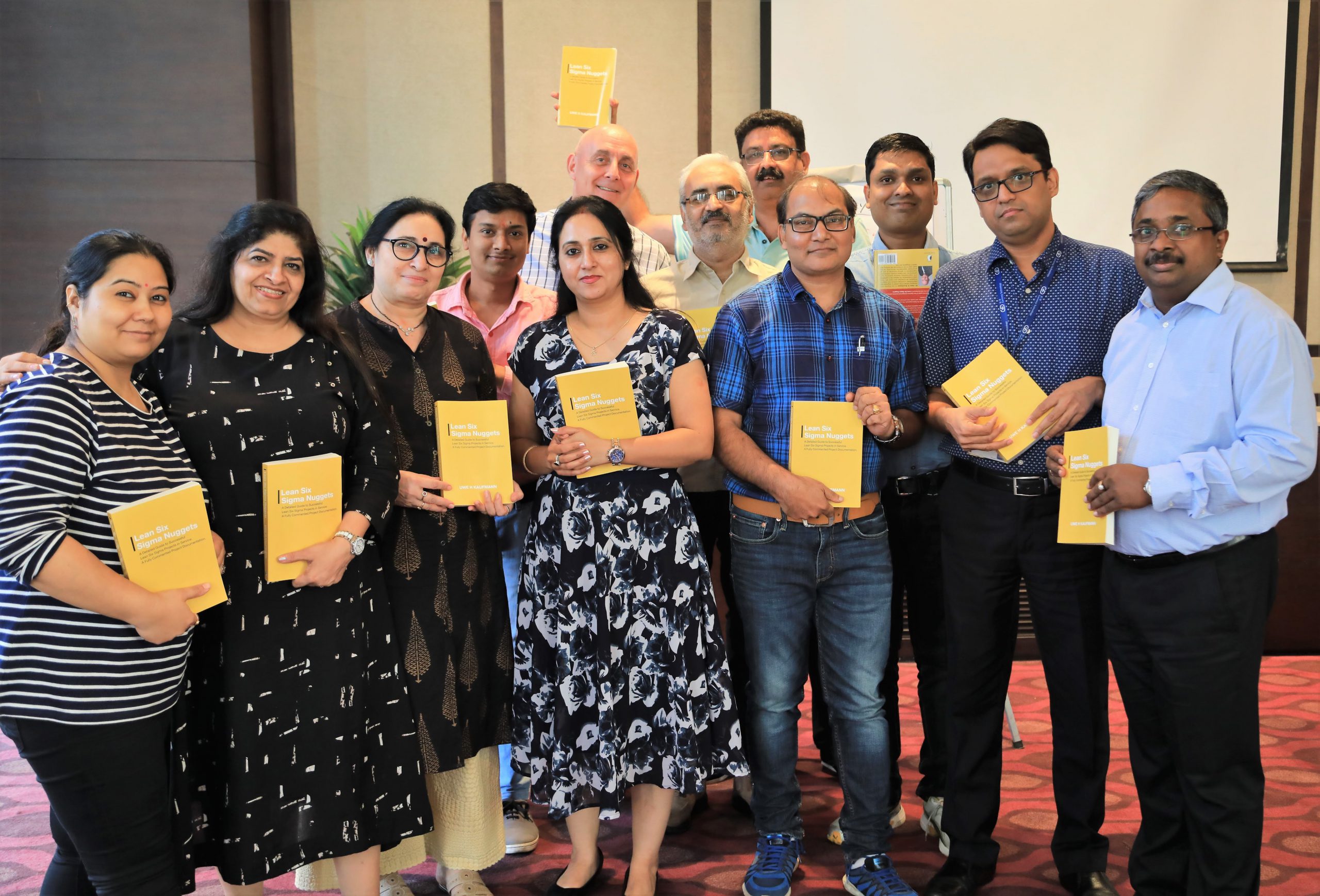
2 Jan 2009
A couple of years ago, I was meeting the President of an Asian multi-national mid-sized service company for a Six...

A couple of years ago, I was meeting the President of an Asian multi-national mid-sized service company for a Six...
Some well-known companies have been “doing Six Sigma” for years. They keep doing improvement projects in all kinds of business...

Globalisation and instant access to information, products and services continue to change the way our customers conduct business. Today's competitive...
Background OurBank is an American international bank with 50 branches in Germany and approximately 300 employees working either in the...
OurBank is a small German bank with branches in Germany and approximately 300 employees working either in the headquarter office...
Copyright © 2025 by COE Pte Ltd. All Rights Reserved.